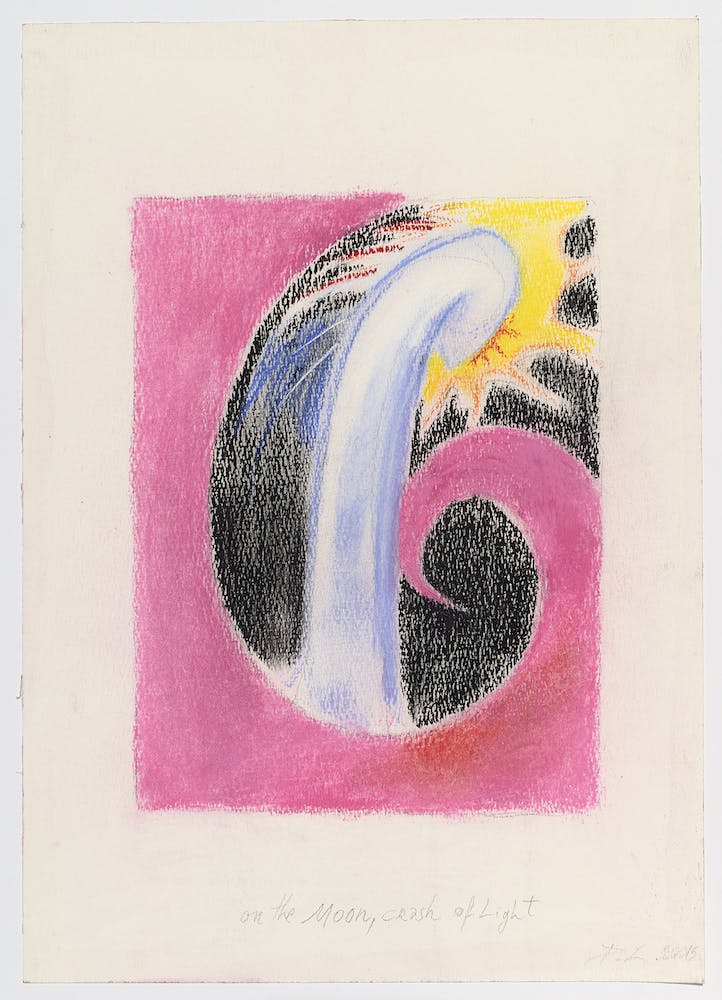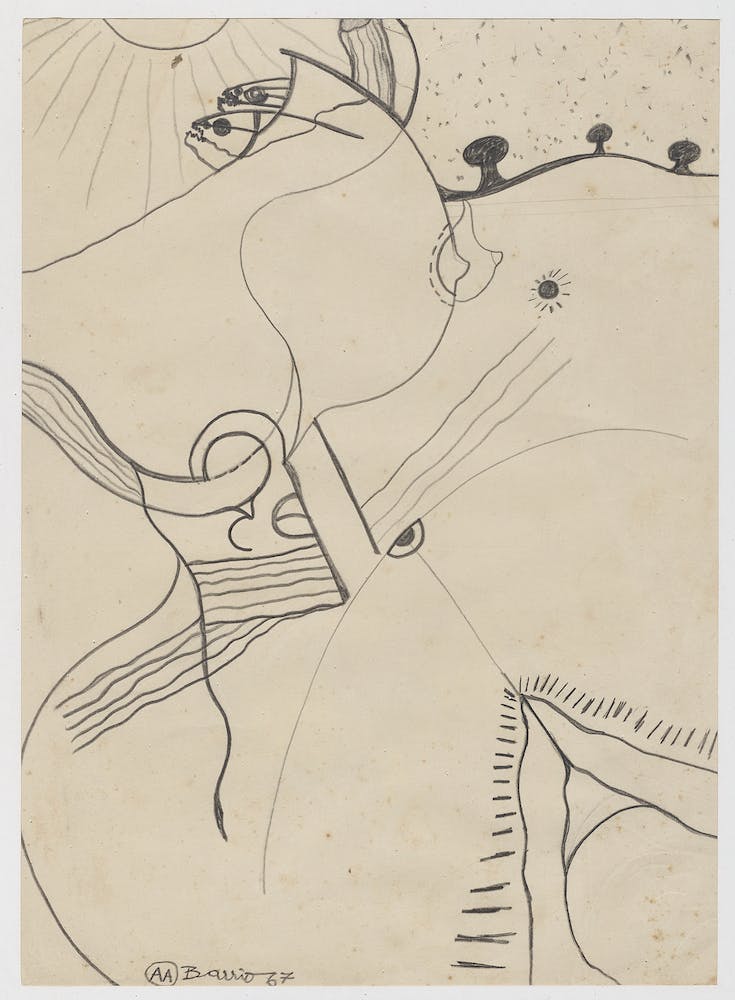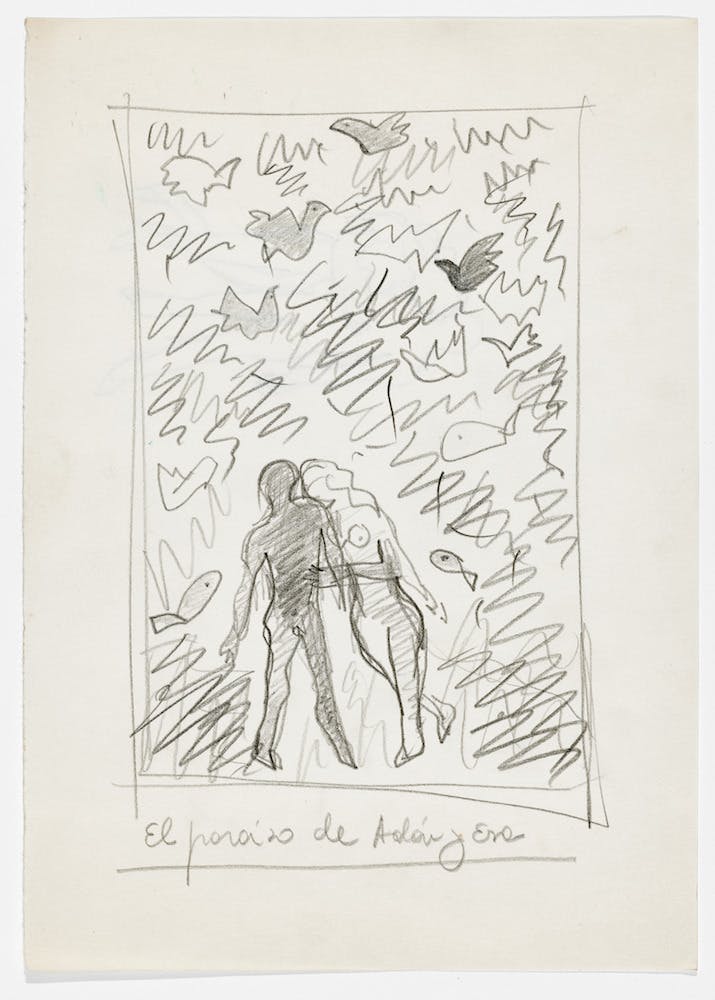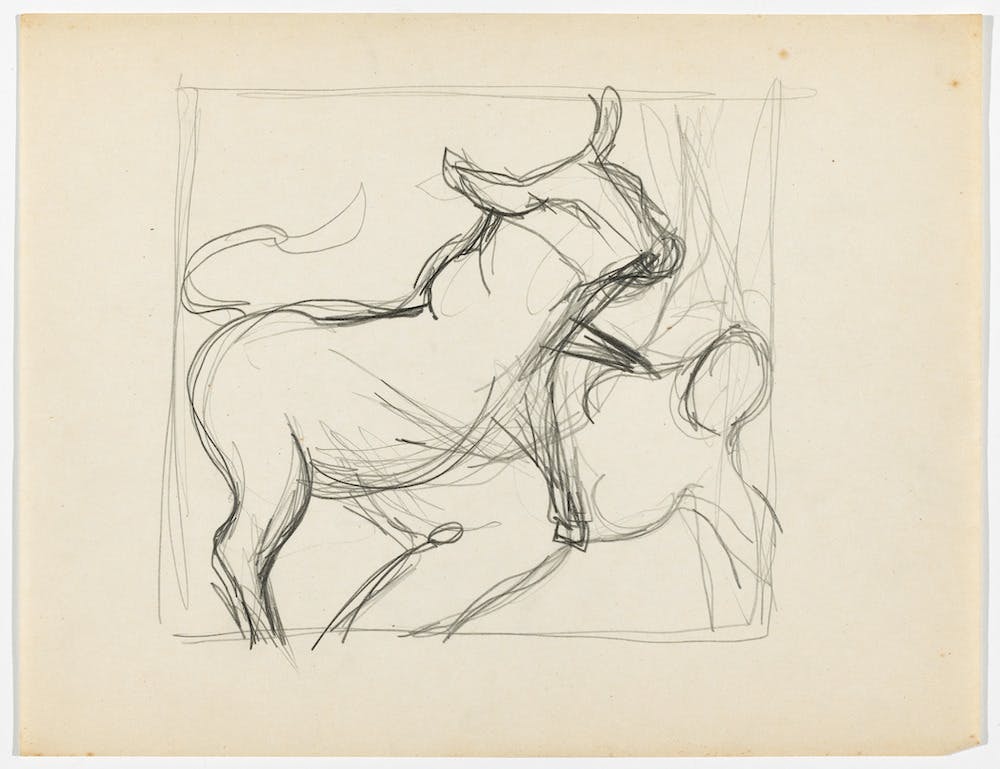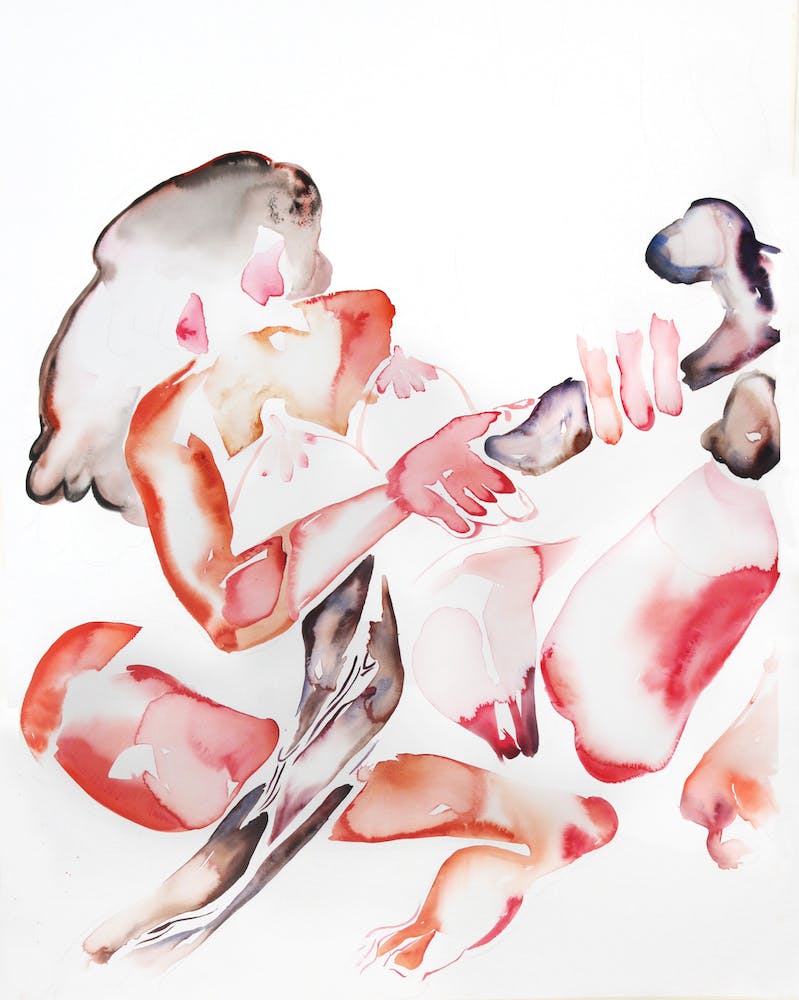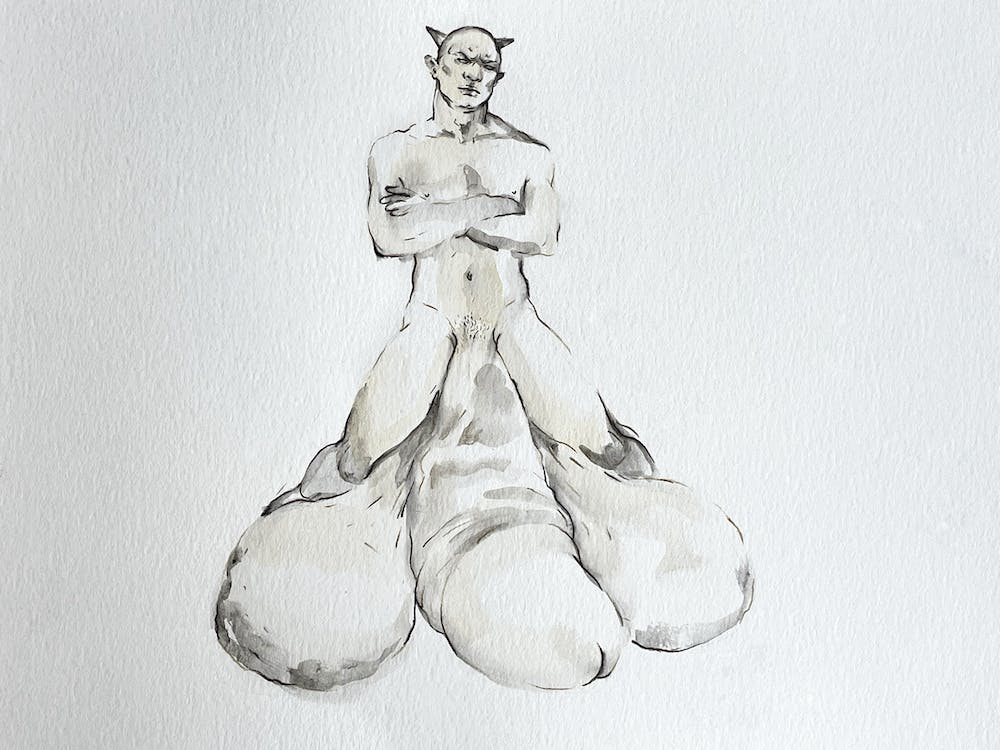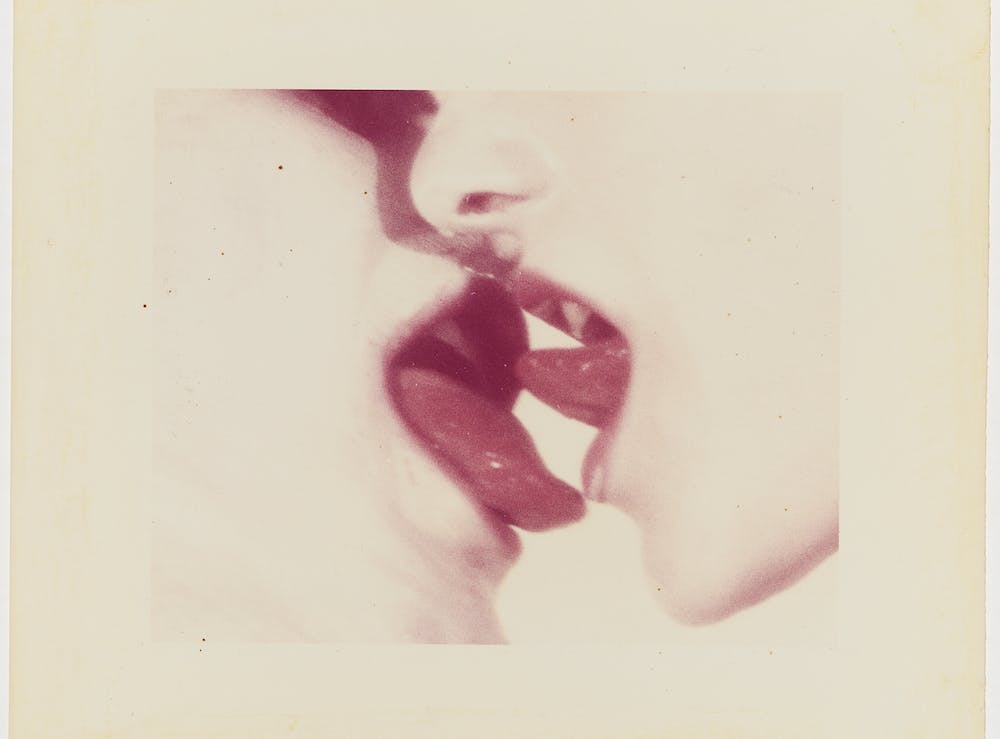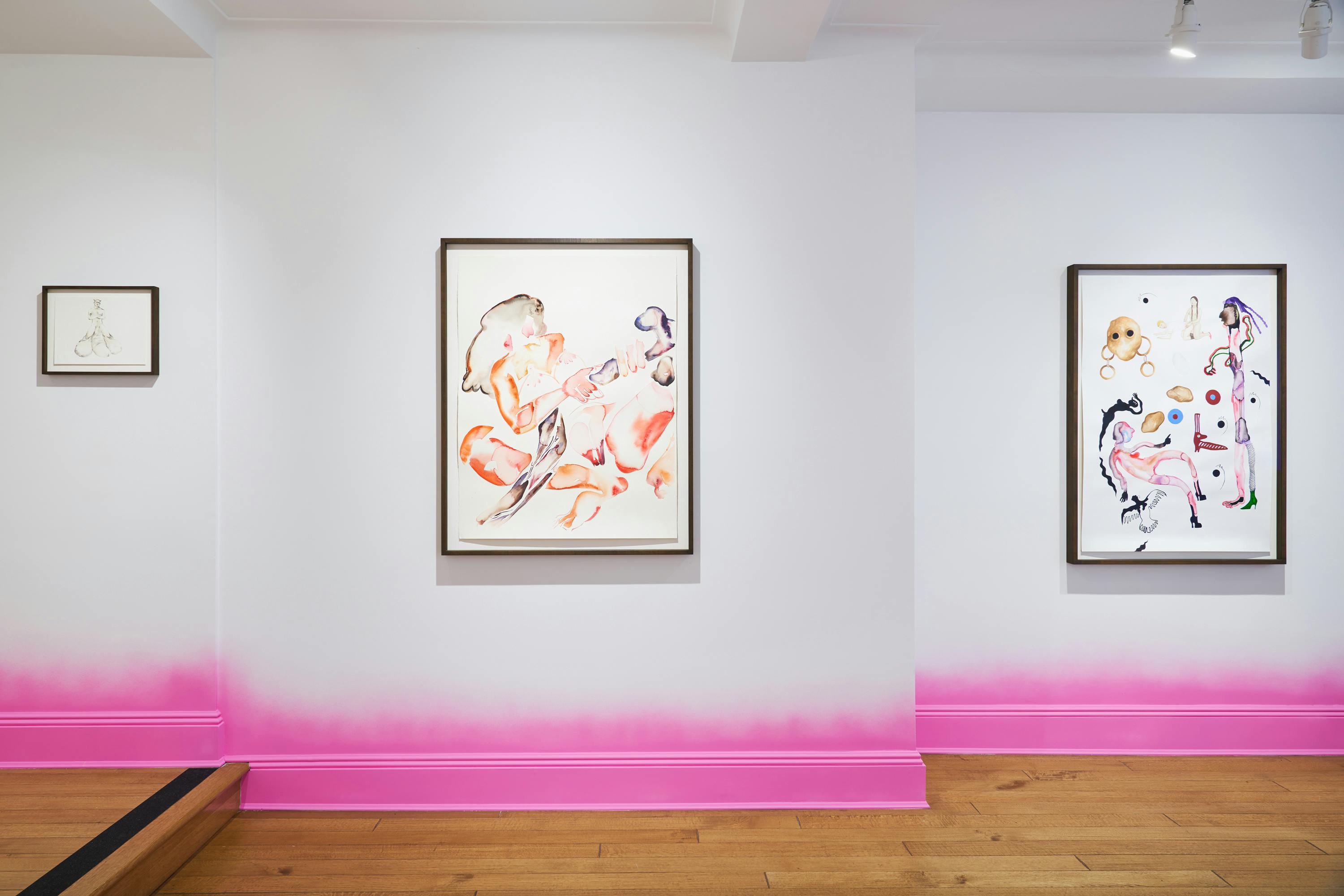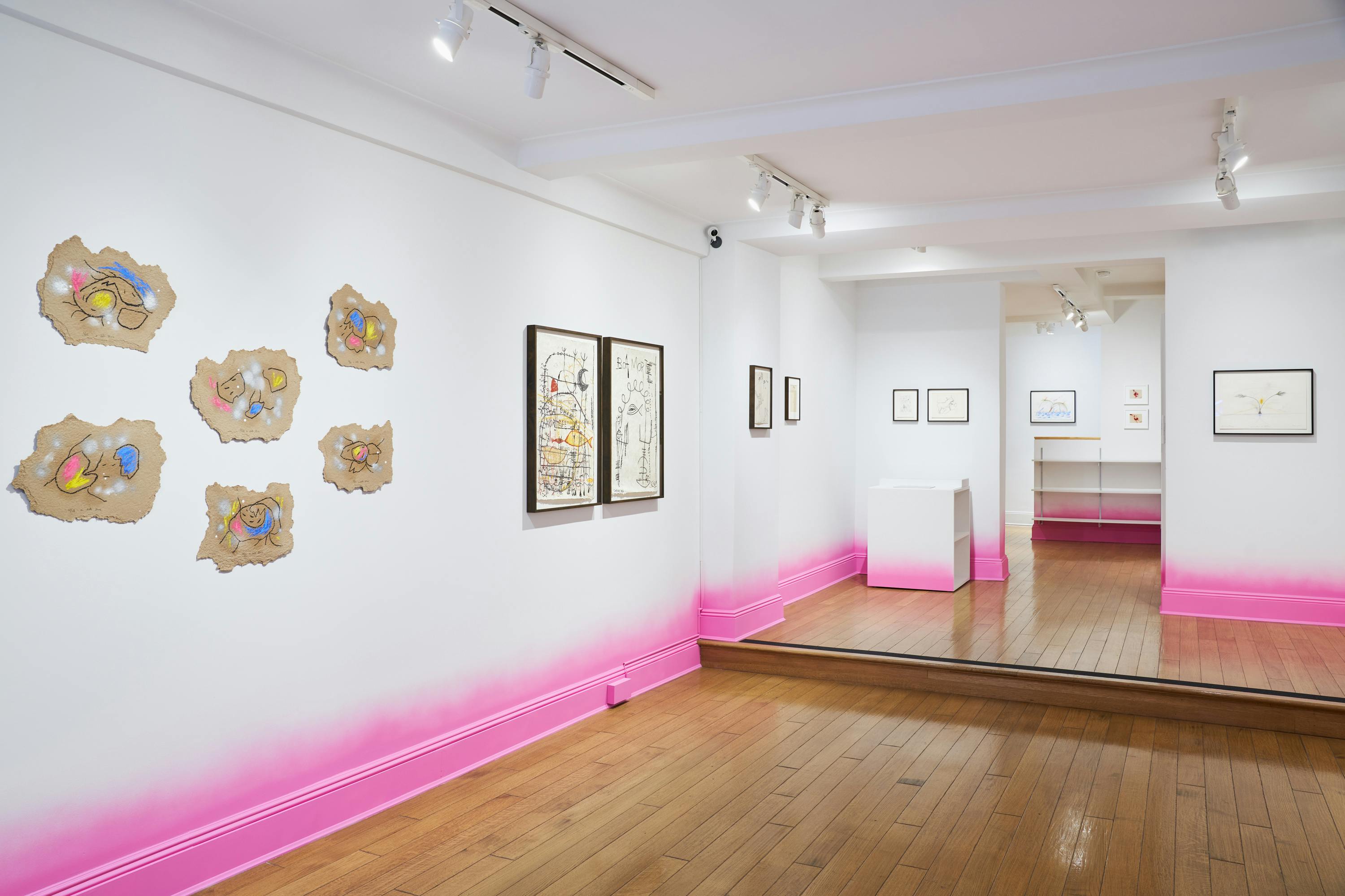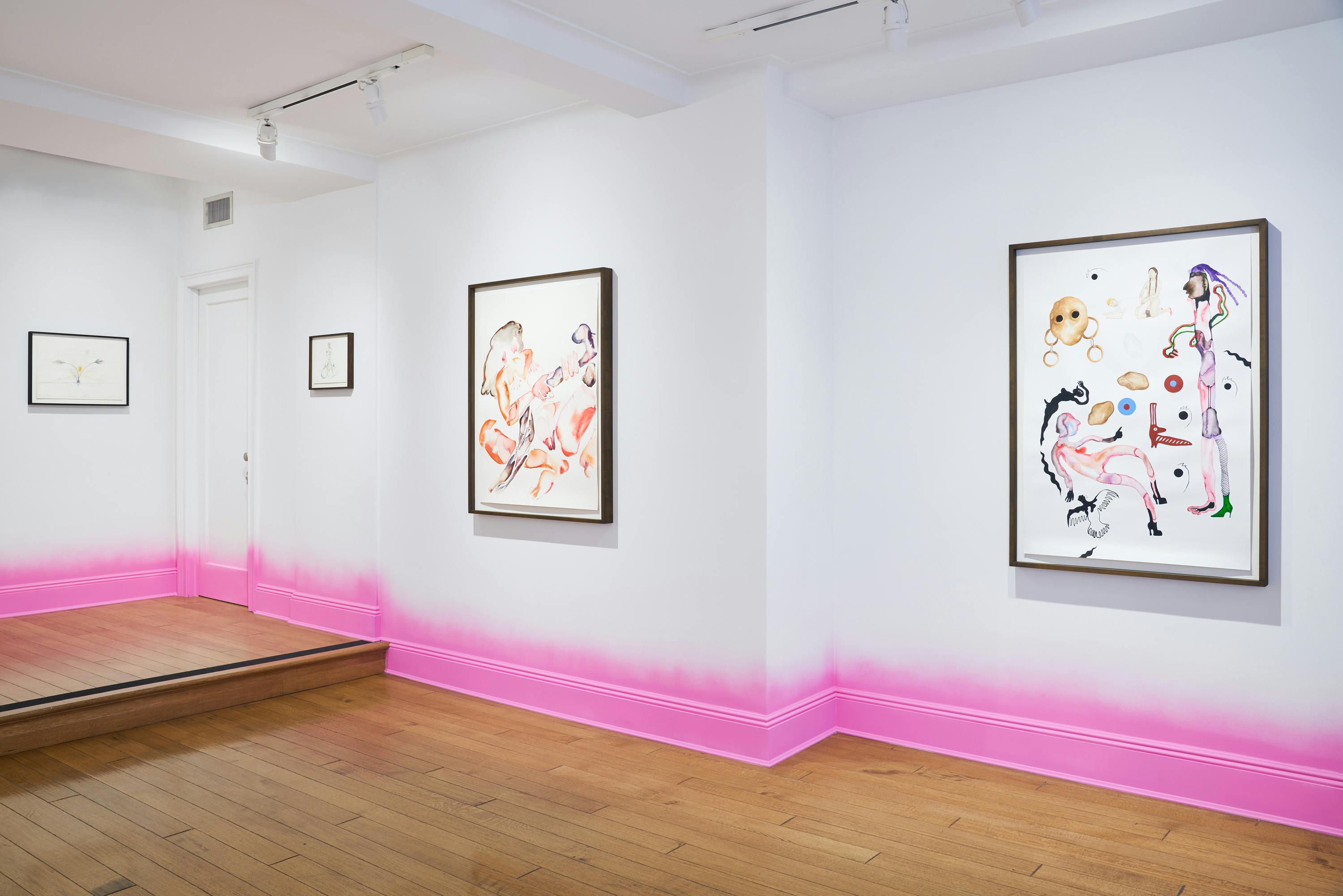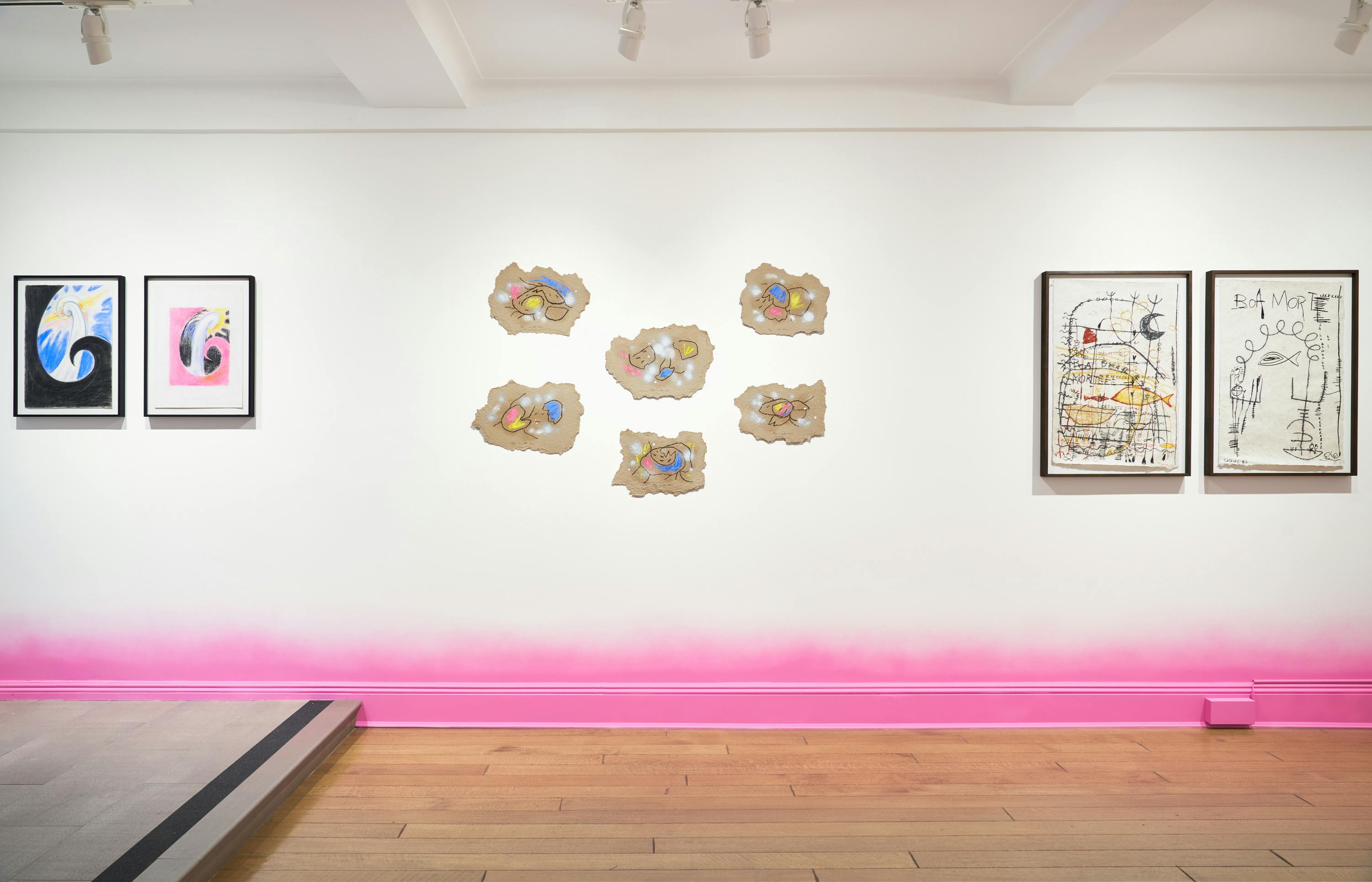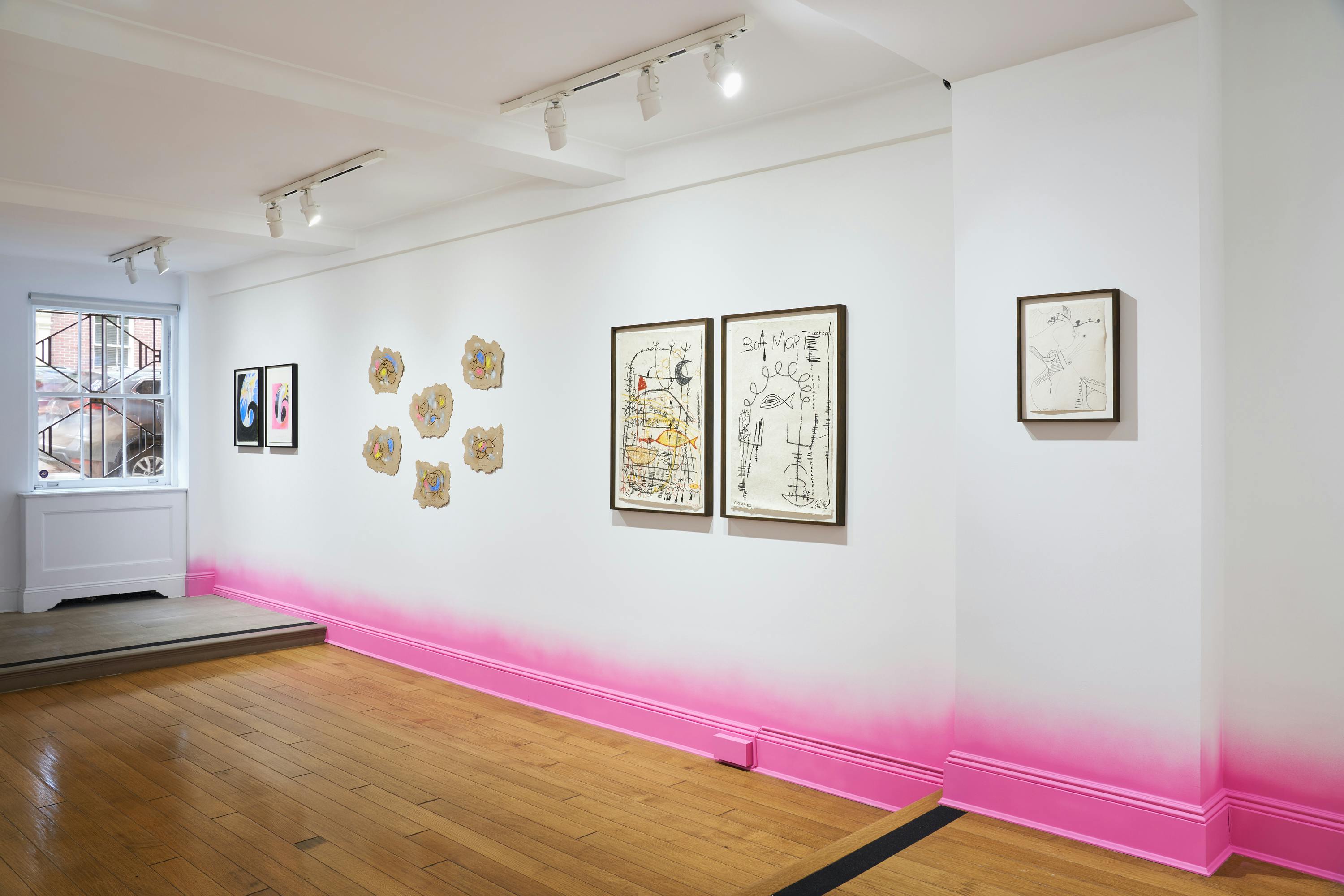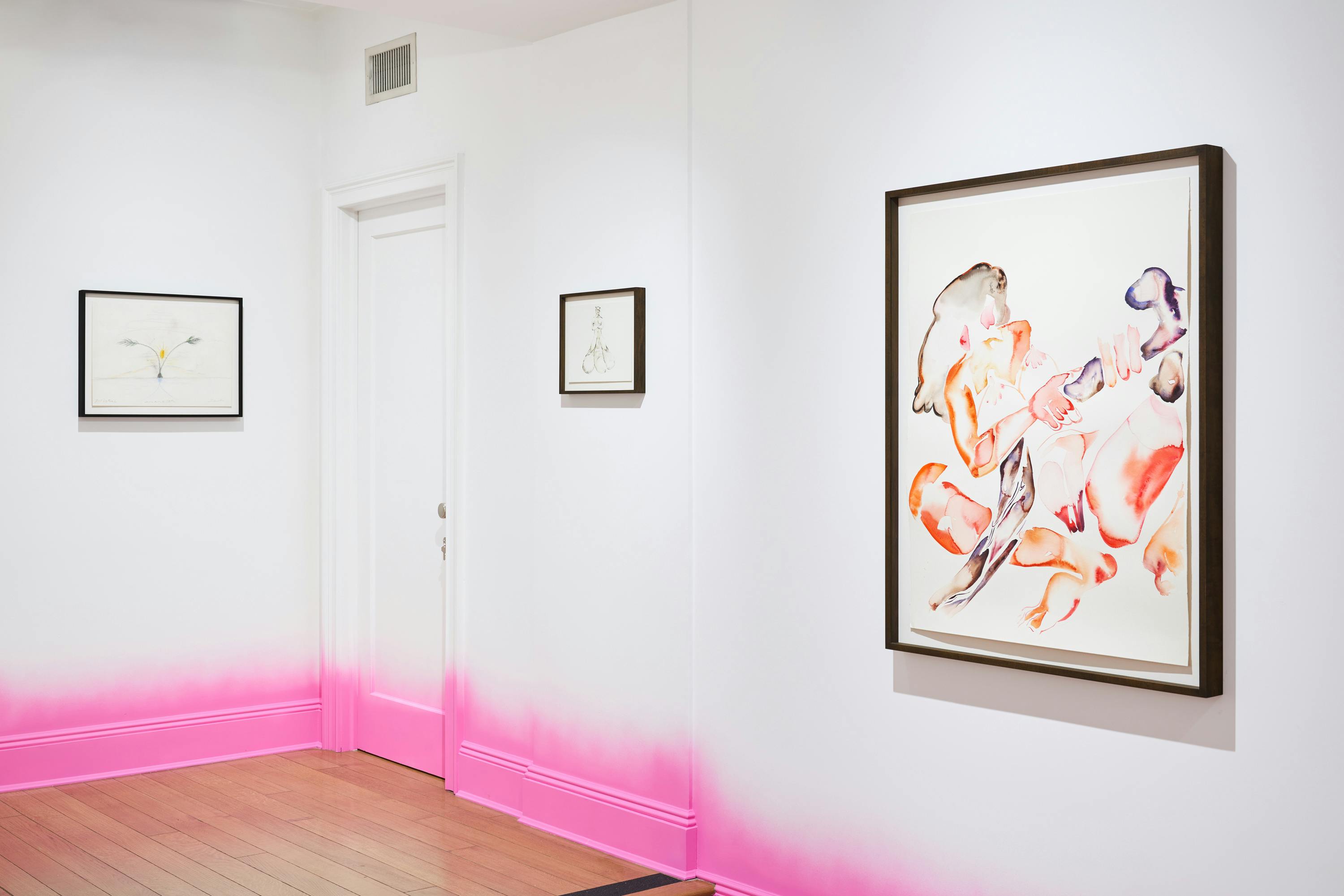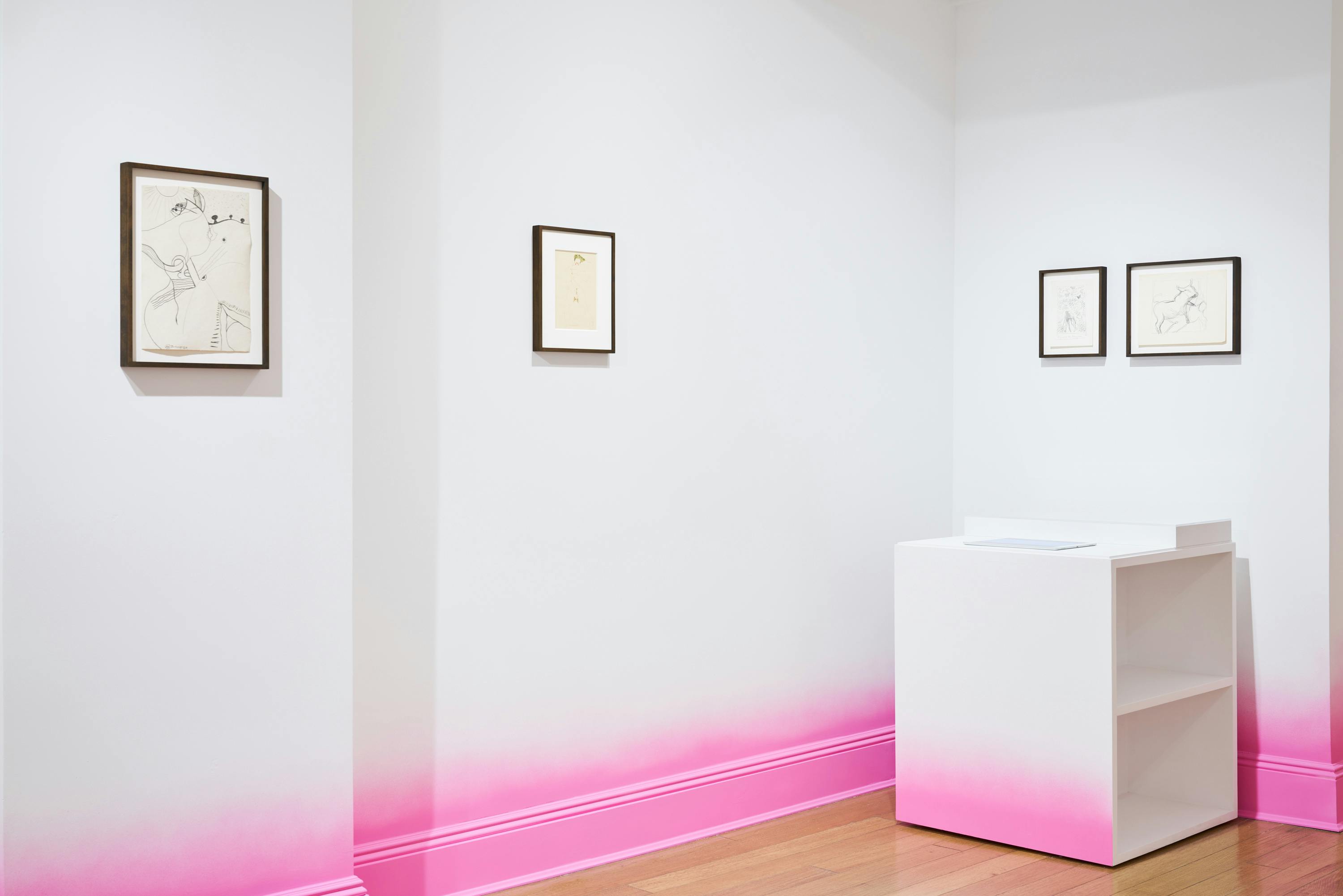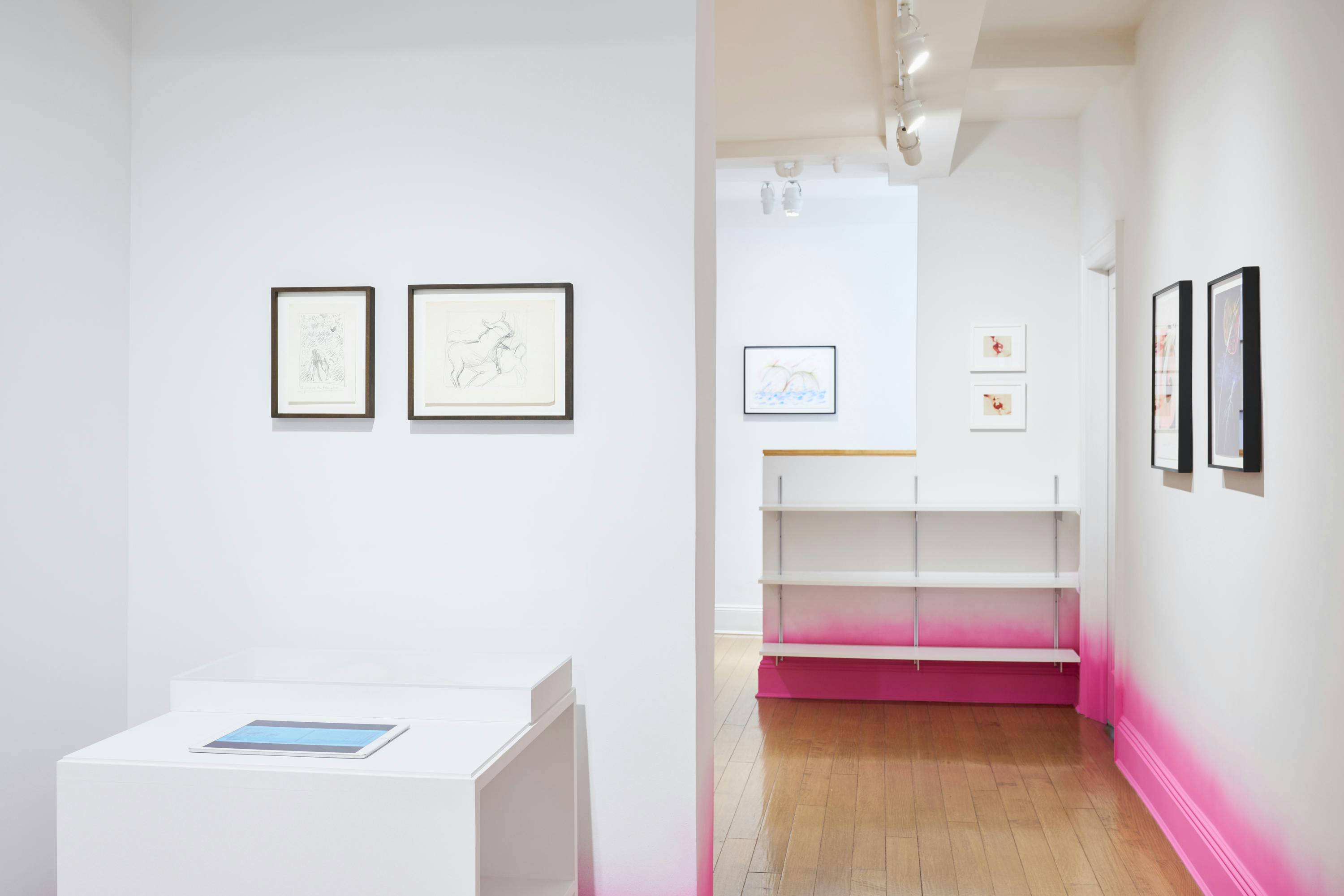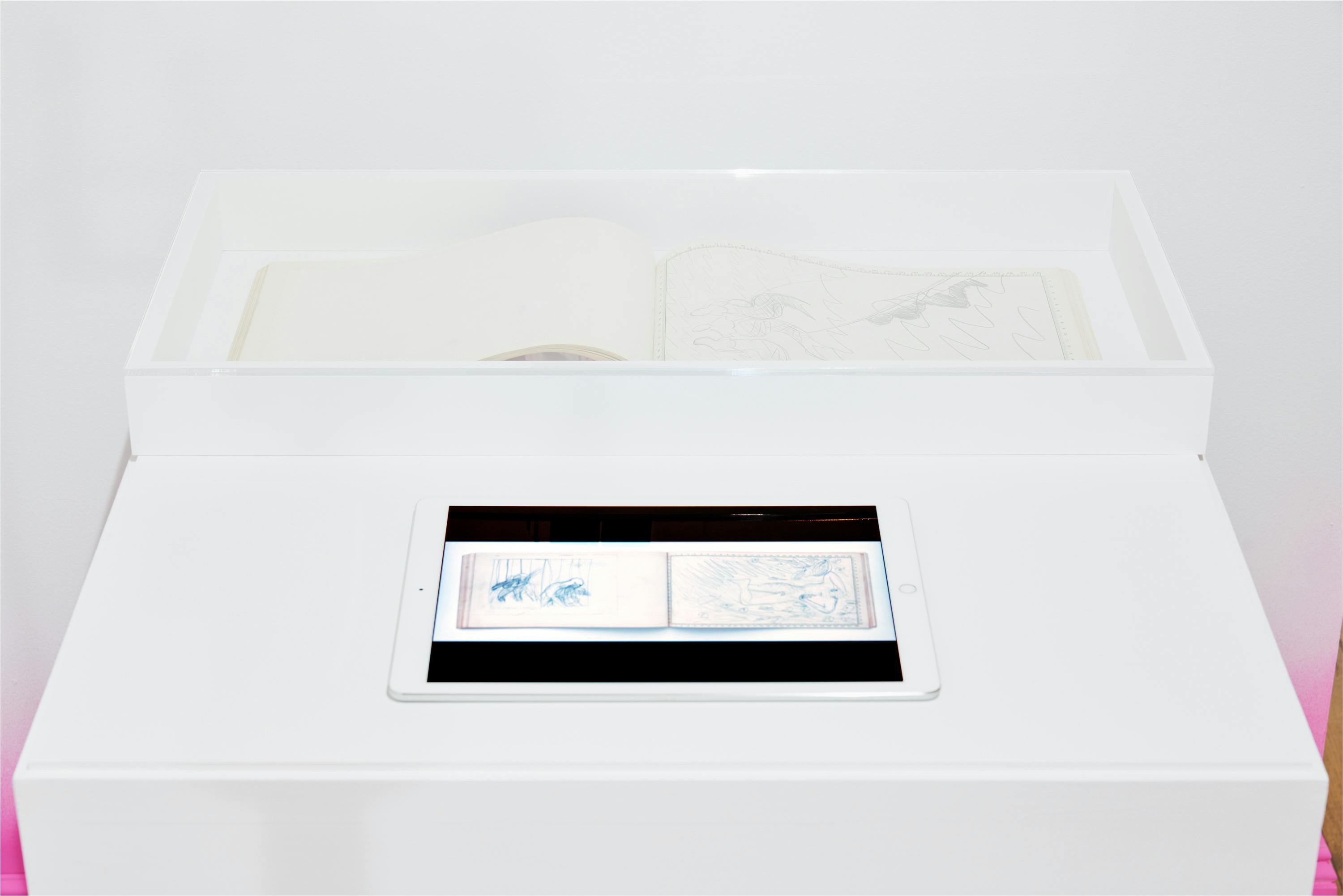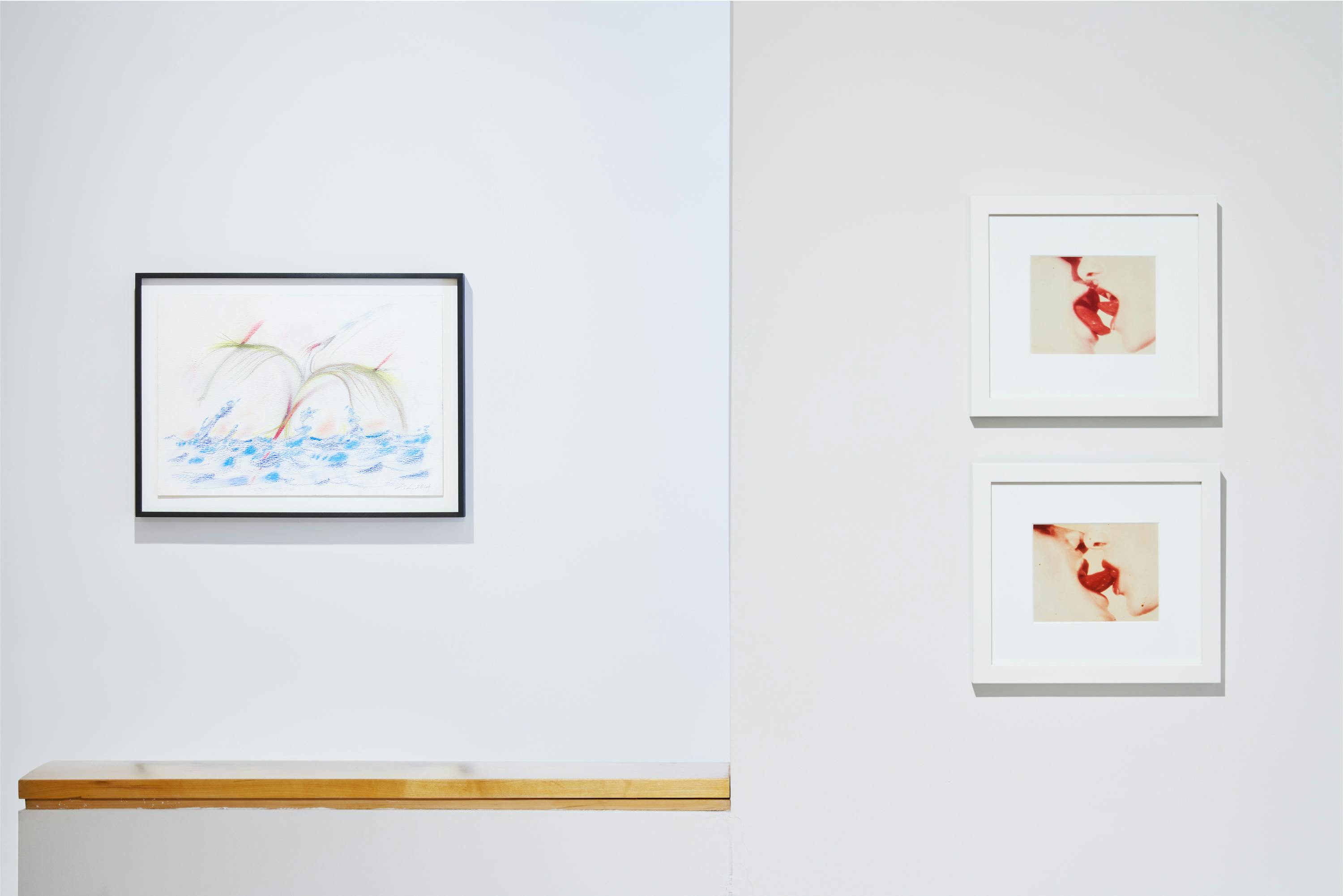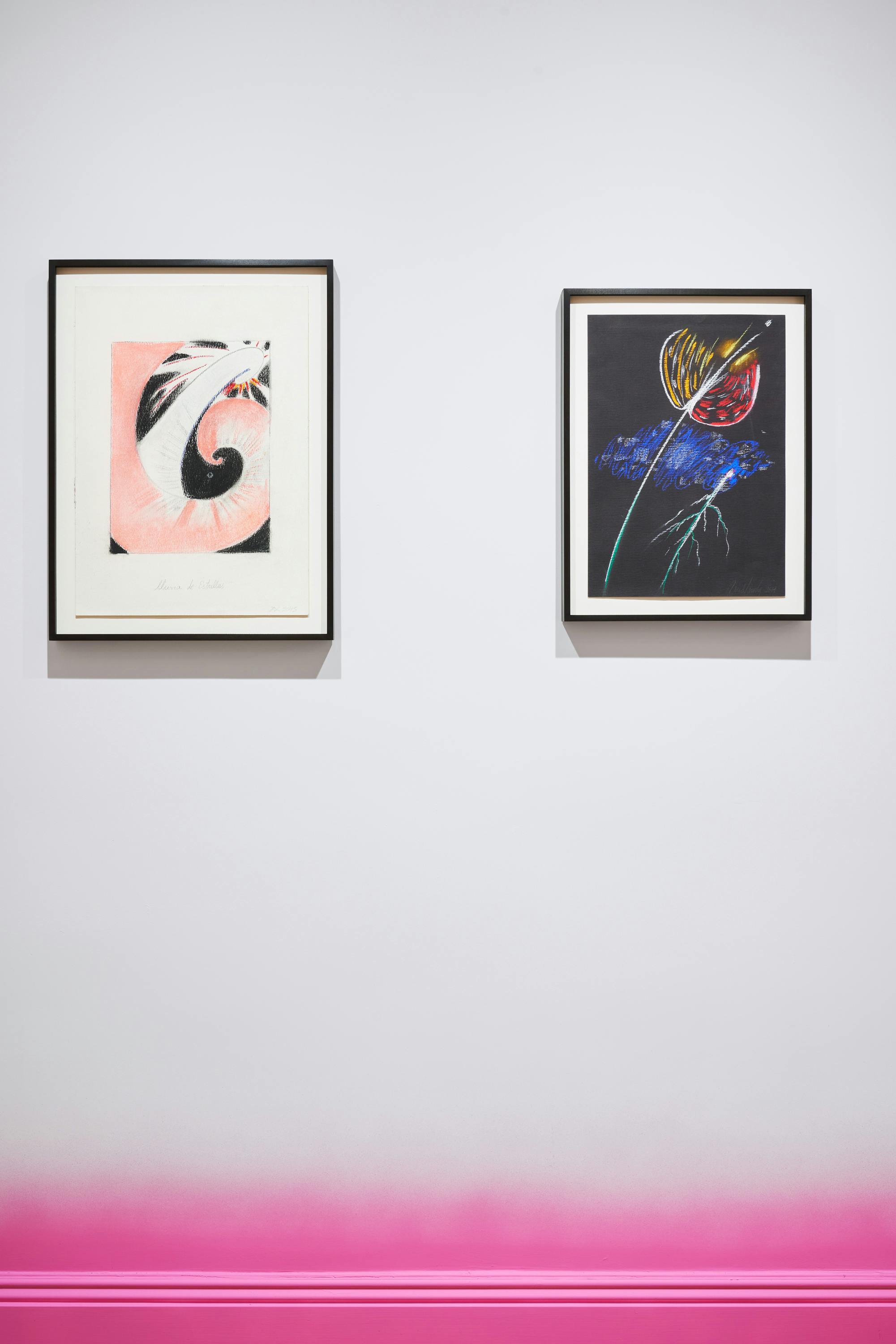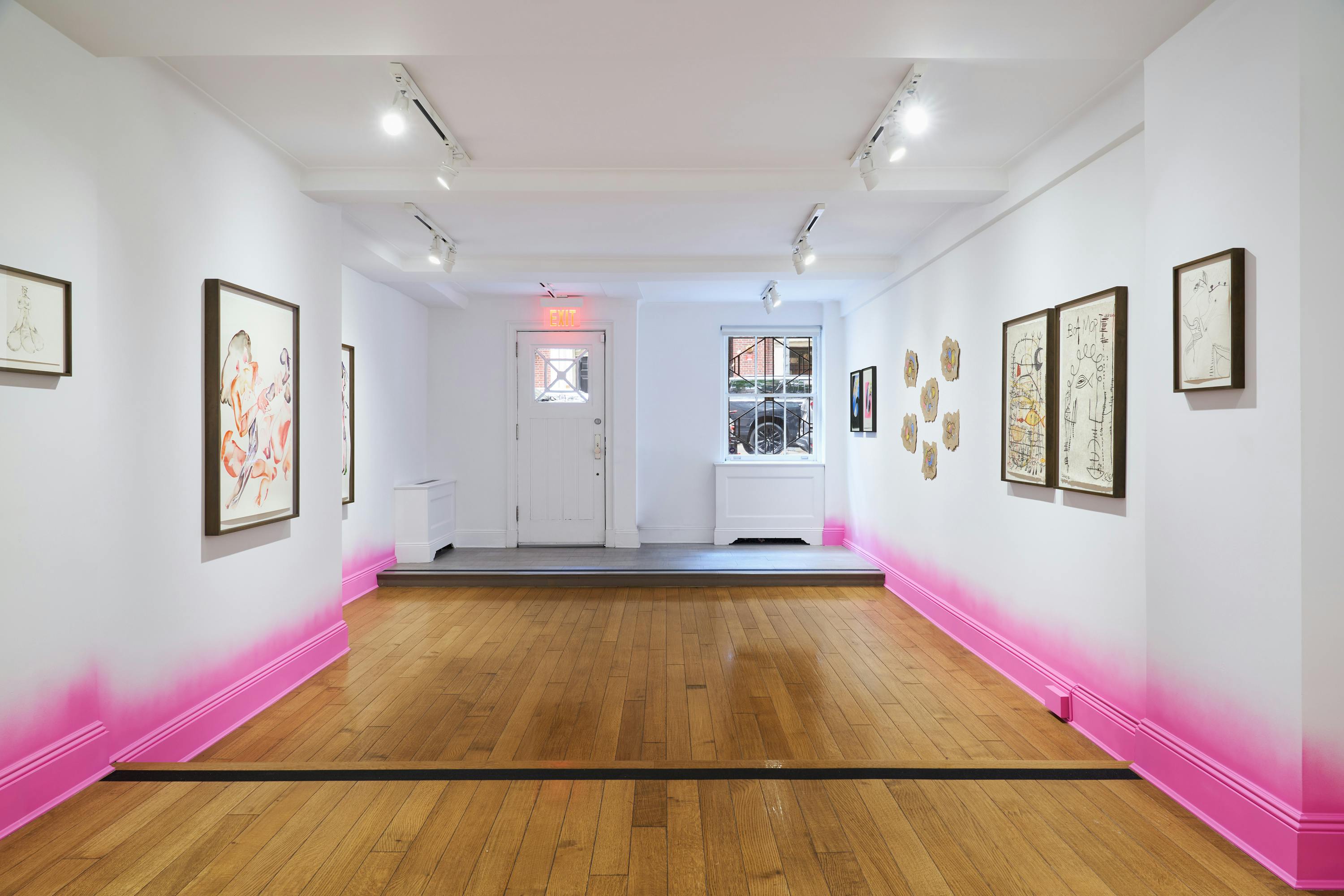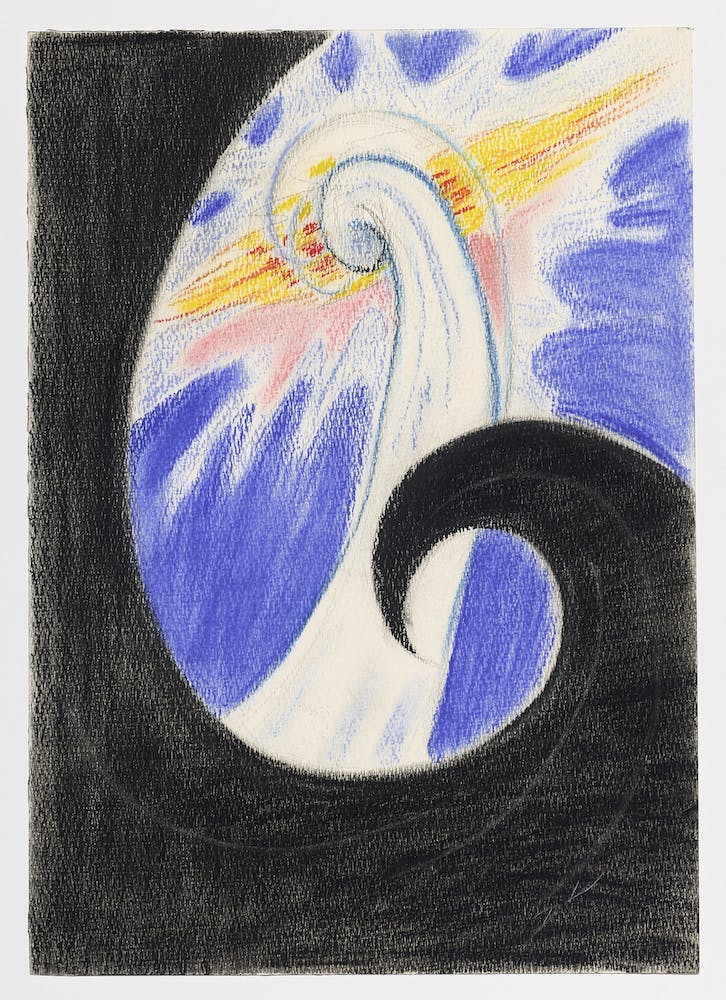
David Lamelas, At Sunrise, 2015. © the artist. Courtesy the artist, Sprüth Magers, and Jan Mot. Photo: Arturo Sánchez
Opening Reception: Thursday, June 16, 5–8 PM
The Institute for Studies on Latin American Art (ISLAA) is delighted to announce Eros Rising: Visions of the Erotic in Latin American Art, opening Thursday, June 16, 2022. Curated by Mariano López Seoane and Bernardo Mosqueira, Eros Rising presents drawings, paintings, and photographs by Artur Barrio, Oscar Bony, Carmelo Carrá, Feliciano Centurión, David Lamelas, Castiel Vitorino Brasileiro, Carlos Motta, Wynnie Mynerva, La Chola Poblete, and Tadáskía that seek to give form to the intangible experience of eroticism.
Inspired by a series of pastel drawings by David Lamelas (b. 1946, Argentina) from 2014 to 2015, Eros Rising explores how artists have subverted conventional representations of sex—often based in the objectification and categorization of the body—to instead convey the myriad sensations bound up in erotic encounters. The featured artists reimagine sensuality in surreal representations that question the limits between the real and the fictitious, decentering the body by fragmenting it or displacing it altogether.
Viewed collectively, these works challenge codified expressions of sensuality and static definitions of the human to envision the body as radically open. Encompassing a broad range of perspectives and styles, Eros Rising presents a cross-section of intergenerational artists who have contested the restrictive boundaries of identification, grasping for more fluid and expansive conceptions of the self and the erotic.
In Lamelas’s works, human forms are evoked through celestial phenomena—a rising sun or a flowing meteor shower—that find the mundane in the cosmic. Drawings by Artur Barrio (b. 1945, Portugal), Tadáskía (b. 1993, Brazil), and Castiel Vitorino Brasileiro (b. 1996, Brazil) similarly propose other ways of imagining the body and the surrounding landscape, dissolving the barrier between the self and the outside world. Meanwhile, Feliciano Centurión (1962–1996, Paraguay) and La Chola Poblete (b. 1989, Argentina) tease out mythological references from ancient Greece and Andean lore to approximate the otherworldliness of desire.
While many of these works approach the languages of abstraction, others rethink the canon of figuration by transforming the body. An untitled 1968 drawing by Carmelo Carrá (b. 1945, Italy) fractures the human form through the broken outline, while the large watercolor Formas de alargar un pene (Ways to Enlarge a Penis, 2021) by Wynnie Mynerva (b. 1993, Peru) elongates and warps the phallus. The body becomes grotesque in a small ink drawing by Carlos Motta (b. 1978, Colombia), from his series We The Enemy (2019), which reflects on the designation of certain sexual identities as “deviant” or “perverse” in Christian traditions. Two photographs by Oscar Bony (1941–2002, Argentina), which were censored for their erotic content when they were first displayed in Argentina in 1976, similarly depict the body in segments, zooming in on two bright red, intertwining tongues.
Eros Rising will be accompanied by a booklet featuring an essay by the exhibition’s curators, Mariano López Seoane and Bernardo Mosqueira. Physical copies will be distributed free of charge at ISLAA, and a digital version will be made available to download on ISLAA’s website in mid-June.
The exhibition will open with a reception on Thursday, June 16 from 5 to 8 PM. Capacity will be limited, and guests are asked to sign up in advance using this online form.
ISLAA is open from 2 to 5 PM on Tuesday and from 2 to 7 PM from Wednesday to Friday. Guests must wear masks while on-site. Although walk-ins are allowed, visitors are encouraged to book appointments through ISLAA’s online scheduler.
For press inquiries, please email Olivia Casa, exhibition and curatorial manager, at olivia.casa@islaa.org.
EXHIBITION WORKS
INSTALLATION VIEWS
